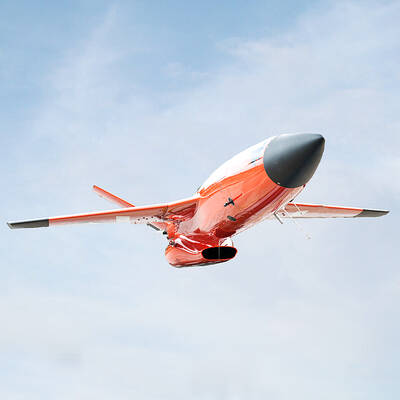US Ambassador to China Jon Huntsman yesterday condemned the harassment and beating of some foreign reporters who went to cover a planned protest gathering against the government.
It is the third time in as many weeks that Huntsman has set himself publicly against the Chinese Communist Party’s efforts to stamp out dissent.
Lines of police checked passers-by and warned away foreign photo journalists in downtown Beijing and Shanghai on Sunday after a US-based Chinese Web site spread calls for Chinese people to emulate the “Jasmine Revolution” sweeping the Middle East and assemble in support of democratic change.
Before the designated protest time, Chinese police warned foreign journalists to stay away, and many Chinese dissidents and rights activists have been detained or put under informal house arrest, apparently out of official jitters about the protest call.
A US news videographer was kicked and beaten repeatedly in the face with brooms and taken into police custody, witnesses said. Other reporters were detained by police and some were roughed up, including one from Taiwan whose hand was injured, they said.
Huntsman said he had met with several of the reporters who had been detained or harassed.
“This type of harassment and intimidation is unacceptable and deeply disturbing. I am disappointed that the Chinese public security authorities could not protect the safety and property of foreign journalists doing their jobs,” Huntsman said in a statement.
“I call on the Chinese government to hold the perpetrators accountable for harassing and assaulting innocent individuals and ask that they respect the rights of foreign journalists to report in China,” he said.
The EU also voiced concerns about the harassment of reporters.
“We urge the Chinese authorities to respect the rights of foreign journalists to report freely in China ... and also to ensure their physical safety,” its diplomatic mission in Beijing said. “We call on the relevant authorities to clarify the legal basis for the physical obstruction and detention of foreign journalists.”

The US government has signed defense cooperation agreements with Japan and the Philippines to boost the deterrence capabilities of countries in the first island chain, a report by the National Security Bureau (NSB) showed. The main countries on the first island chain include the two nations and Taiwan. The bureau is to present the report at a meeting of the legislature’s Foreign Affairs and National Defense Committee tomorrow. The US military has deployed Typhon missile systems to Japan’s Yamaguchi Prefecture and Zambales province in the Philippines during their joint military exercises. It has also installed NMESIS anti-ship systems in Japan’s Okinawa

‘WIN-WIN’: The Philippines, and central and eastern European countries are important potential drone cooperation partners, Minister of Foreign Affairs Lin Chia-lung said Minister of Foreign Affairs Lin Chia-lung (林佳龍) in an interview published yesterday confirmed that there are joint ventures between Taiwan and Poland in the drone industry. Lin made the remark in an exclusive interview with the Chinese-language Liberty Times (the Taipei Times’ sister paper). The government-backed Taiwan Excellence Drone International Business Opportunities Alliance and the Polish Chamber of Unmanned Systems on Wednesday last week signed a memorandum of understanding in Poland to develop a “non-China” supply chain for drones and work together on key technologies. Asked if Taiwan prioritized Poland among central and eastern European countries in drone collaboration, Lin

The Chien Feng IV (勁蜂, Mighty Hornet) loitering munition is on track to enter flight tests next month in connection with potential adoption by Taiwanese and US armed forces, a government source said yesterday. The kamikaze drone, which boasts a range of 1,000km, debuted at the Taipei Aerospace and Defense Technology Exhibition in September, the official said on condition of anonymity. The Chungshan Institute of Science and Technology and US-based Kratos Defense jointly developed the platform by leveraging the engine and airframe of the latter’s MQM-178 Firejet target drone, they said. The uncrewed aerial vehicle is designed to utilize an artificial intelligence computer

Renewed border fighting between Thailand and Cambodia showed no signs of abating yesterday, leaving hundreds of thousands of displaced people in both countries living in strained conditions as more flooded into temporary shelters. Reporters on the Thai side of the border heard sounds of outgoing, indirect fire yesterday. About 400,000 people have been evacuated from affected areas in Thailand and about 700 schools closed while fighting was ongoing in four border provinces, said Thai Rear Admiral Surasant Kongsiri, a spokesman for the military. Cambodia evacuated more than 127,000 villagers and closed hundreds of schools, the Thai Ministry of Defense said. Thailand’s military announced that